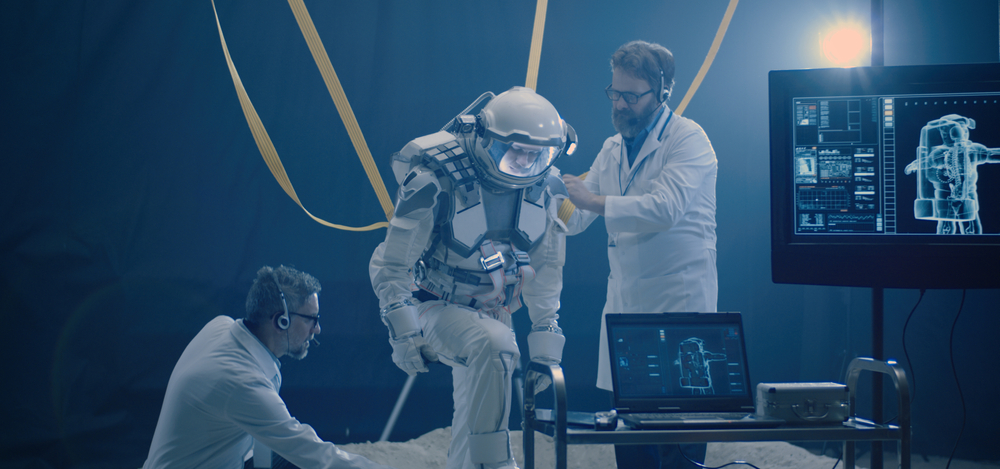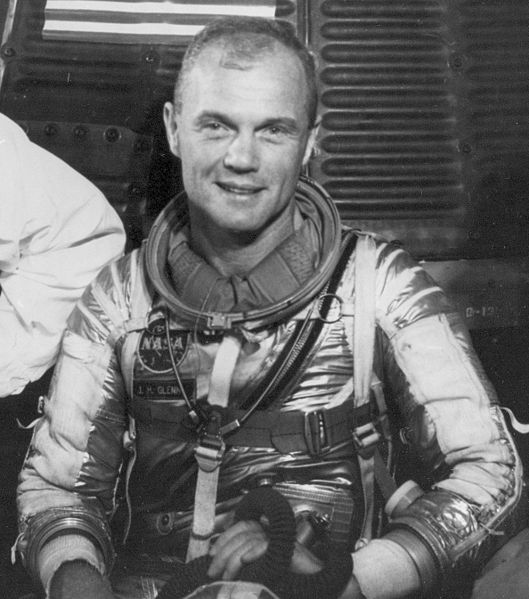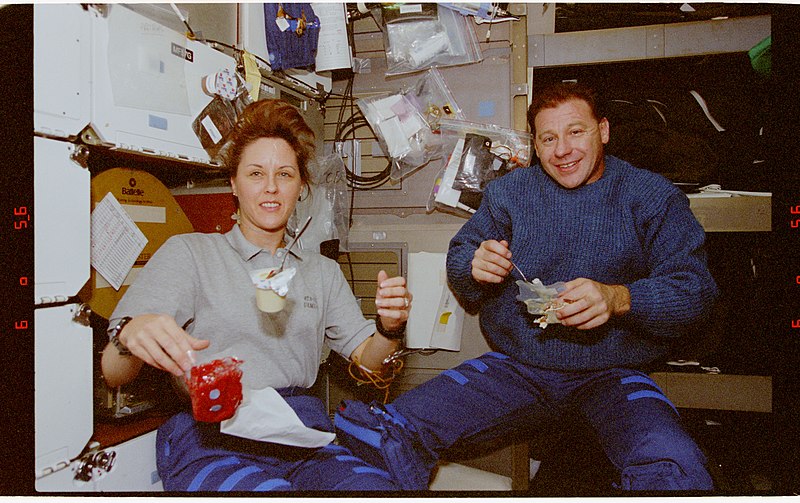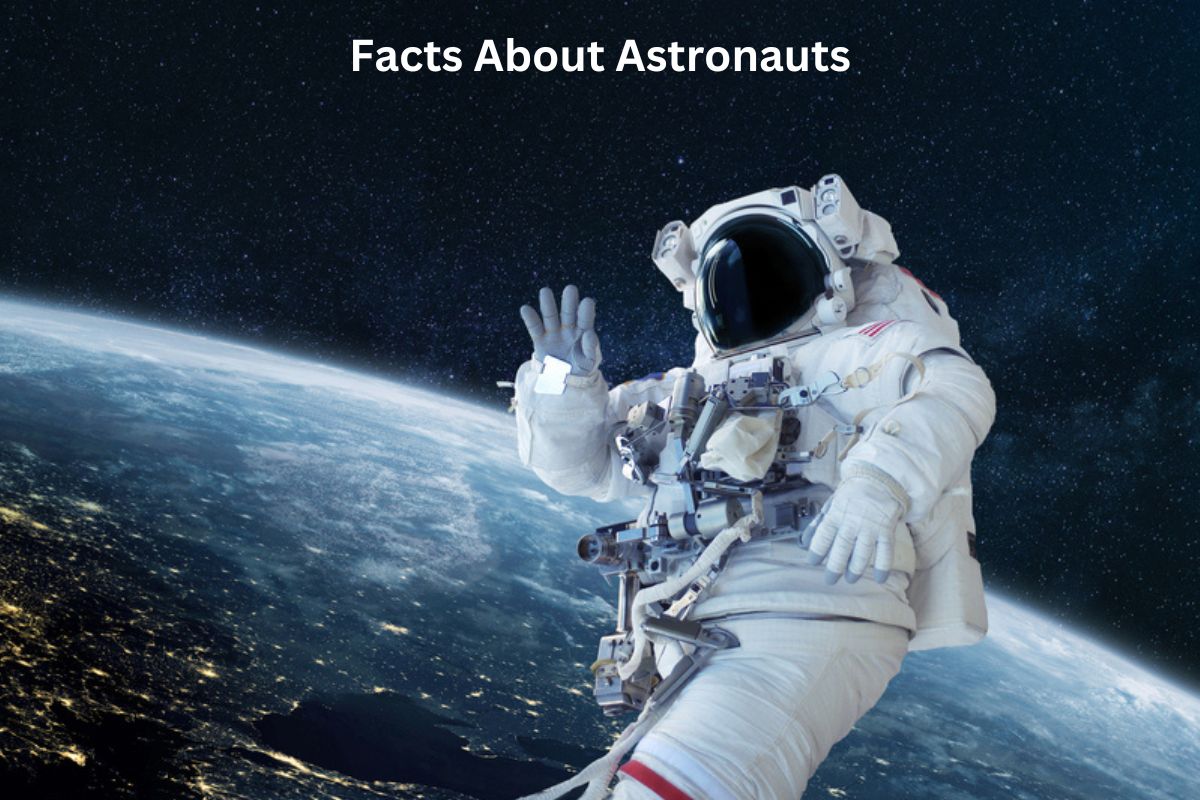Astronauts are highly trained professionals who embark on incredible journeys beyond our planet to explore space and conduct scientific research.
They undergo rigorous training, operate in microgravity environments, and wear specialized space suits.
Furthermore, they face unique physical and psychological challenges during their missions, making their experiences both remarkable and inspiring.
In this discussion, we will delve into intriguing facts and details about the lives and work of astronauts.
Astronauts Facts
1. Astronauts undergo rigorous training
Astronaut training is one of the most demanding and intensive training programs in the world. It typically takes several years to prepare astronauts for space missions. Training includes both physical and mental preparation, as well as technical proficiency.
Also Read: Neil Armstrong Facts
Astronauts learn to operate spacecraft systems, conduct spacewalks, and respond to emergencies. They are trained to work in a team and handle high-stress situations.

2. They are selected based on strict criteria
Space agencies like NASA, ESA, Roscosmos, and others have stringent criteria for selecting astronauts. Candidates often have backgrounds in fields such as engineering, science, medicine, or aviation.
Also Read: Most Famous Astronauts
They must possess exceptional physical fitness, with excellent cardiovascular health and the ability to withstand the physical demands of space travel. Mental and emotional stability are also crucial, as astronauts must be able to cope with the isolation and stress of space missions.
3. They wear specialized space suits
Astronauts wear specialized space suits called Extravehicular Mobility Units (EMUs) during spacewalks and Extravehicular Activities (EVAs). These suits are designed to protect astronauts from the harsh conditions of space, including extreme temperatures, radiation, and micrometeoroid impacts.
Also Read: Facts About Yuri Gagarin
EMUs have multiple layers, including a liquid cooling and ventilation system, to maintain a comfortable temperature and provide oxygen. They also have a helmet with a gold-coated visor to protect against the intense sunlight in space.
Astronauts receive extensive training on how to don and operate these suits, as they are essential for conducting activities outside the spacecraft or space station.
4. Gherman Titov was the youngest astronaut
Gherman Titov, a Russian cosmonaut, holds the record for being the youngest person to travel to space.
He achieved this milestone on August 6, 1961, when he flew aboard Vostok 2 at the age of 25. Titov’s mission lasted just over 25 hours and made him an international sensation.

5. John Glenn was the oldest astronaut
John Glenn, an American astronaut and former U.S. senator, became the oldest person to travel to space.
He flew on the Space Shuttle Discovery in 1998 during the STS-95 mission at the age of 77. Glenn’s return to space 36 years after his first orbital flight in 1962 captured the world’s attention.
6. Microgravity affects the human body
Microgravity, or weightlessness, is a unique aspect of space travel. Astronauts experience this condition while orbiting Earth or traveling to other celestial bodies. Prolonged exposure to microgravity can have significant effects on the human body, including:
- Muscle Atrophy: Muscles weaken and lose mass due to lack of use.
- Bone Density Loss: Astronauts can experience a reduction in bone density, making bones more susceptible to fractures.
- Fluid Shift: Fluids in the body shift towards the upper body, leading to facial puffiness and pressure on the eyes.
To counteract these effects, astronauts engage in daily exercise routines and take calcium and vitamin D supplements to maintain their bone health.
7. Astronauts eat specially prepared space food
Space food is specially designed to meet the nutritional needs of astronauts while being practical for consumption in a micro-gravity environment. It undergoes extensive testing for taste, texture, and nutritional content.
Space food is typically dehydrated or freeze-dried and vacuum-sealed in pouches or cans. Astronauts add water to re-hydrate the food before eating.
The menu includes a variety of options, including fruits, vegetables, meats, and desserts. Special attention is given to packaging to prevent crumbs and liquids from floating away in the spacecraft, which could damage equipment or be problematic for crew members.

8. The International Space Station involves multiple space agencies
The International Space Station (ISS) is a shining example of international cooperation in space exploration.
It represents a partnership between multiple space agencies, including:
- NASA (United States)
- Roscosmos (Russia)
- ESA (European Space Agency)
- JAXA (Japan Aerospace Exploration Agency)
- CSA (Canadian Space Agency)
The ISS serves as a micro-gravity laboratory where astronauts from various countries conduct scientific experiments and research in fields such as biology, physics, and materials science.
This collaborative effort promotes peaceful cooperation in space and the sharing of scientific knowledge.
9. Peggy Whitson holds the record for the most time in space by a NASA astronaut
Peggy Whitson, an American astronaut, holds several records, including the record for the longest cumulative time spent in space by any NASA astronaut.
Over the course of multiple missions, she spent a total of 665 days in space. Whitson’s dedication to space exploration and her scientific contributions have made her a prominent figure in the field.
10. Astronauts frequently conduct spacewalks
Astronauts often conduct spacewalks, officially known as Extravehicular Activities (EVAs), to perform various tasks outside their spacecraft or the ISS. These activities include maintenance, repairs, and scientific experiments.
Spacewalks require meticulous planning and preparation. Astronauts wear their Extravehicular Mobility Units (EMUs) and are tethered to the spacecraft or station to ensure their safety in the vacuum of space.
These EVAs are crucial for the maintenance and functioning of space stations and vehicles, and they provide valuable insights into working in the harsh environment of space.
11. Astronauts face unique psychological challenges during long-duration space missions
Long-duration space missions, especially those to the ISS, present unique psychological challenges for astronauts. The isolation, confinement, and distance from Earth can take a toll on an astronaut’s mental well-being.
Space agencies provide psychological support, including counseling and communication with loved ones, to help astronauts cope with the stresses of space. Regular video calls and email communication with family and friends are essential for maintaining morale.
Astronauts also participate in activities like exercise, photography, and leisure reading to relax and stay mentally engaged during their missions.
